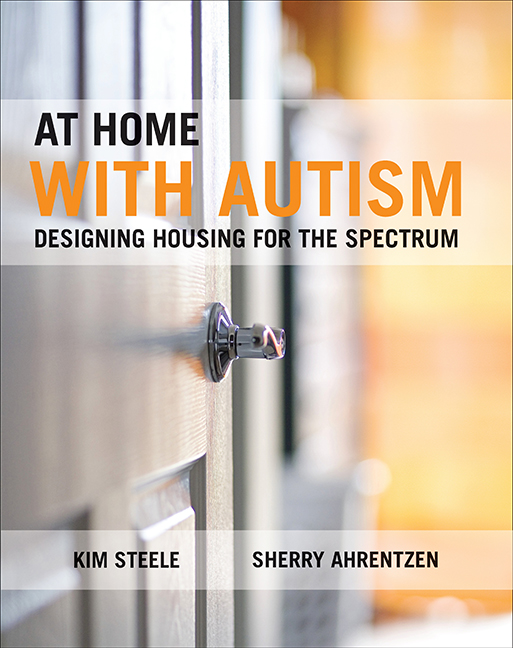Book contents
- Frontmatter
- Dedication
- Contents
- Figures and tables
- Abbreviations
- Terminology
- About the authors
- Acknowledgments
- one Introduction
- two A research-informed approach for housing design
- three Quality of life design goals
- four Design guidelines
- five On the horizon
- References
- Appendix: Research and information sources used in developing goals and guidelines
- Chapter Four image sources
- Index
one - Introduction
Published online by Cambridge University Press: 01 September 2022
- Frontmatter
- Dedication
- Contents
- Figures and tables
- Abbreviations
- Terminology
- About the authors
- Acknowledgments
- one Introduction
- two A research-informed approach for housing design
- three Quality of life design goals
- four Design guidelines
- five On the horizon
- References
- Appendix: Research and information sources used in developing goals and guidelines
- Chapter Four image sources
- Index
Summary
Why this book now?
Public attention on autism has soared in the last decade. In plays, movies and on television, characters with autism or autistic traits are expressively portrayed. For example, in 2009, three very popular movies – a romantic comedy, a biopic of an accomplished animal science professor, and an animated film of pen pals – all revolved around a character with Asperger's syndrome. Between 1997 and 2011 the number of books and articles annually published about autism increased more than sixfold (Solomon, 2012). For several years celebrity comedian Jon Stewart has headed a starstudded telethon – “Night of Too Many Stars” – to support the U.S.-based organization, Autism Speaks. Founded in 2005 by grandparents of a child with autism, Autism Speaks has become in less than ten years the leading private autism research advocacy organization in the world, with over $58 million from funding sources in 2012 alone (Autism Speaks, 2013). Not since the height of the AIDS crisis has there been such an aggressive campaign for funding and research, much of this spurred by parent-affiliated organizations (Solomon, 2012). One parent group, Cure Autism Now, pushed the U.S. Congress to pass the 2006 Combating Autism Act, providing a billion dollars of spending over five years for research on autism and related disorders over five years. In 2011, a three-year extension of over $600 million was ratified for further research. In 2012 the largest single grant for autism in the world ($37.8 million), and the largest for the study of any mental health condition in Europe, established European Autism Interventions – A Multicentre Study for Developing New Medications (EU-AIMS), a multi-national, multi-industry initiative to discover and develop drugs for autism. In September 2013, the World Health Organization (WHO) convened its first conference on autism, the initial step in enacting the recently passed World Health Assembly resolution on autism.
Within this tempest of media attention and funding mechanisms are the lives, aspirations and frustrations of millions of individuals with autism, young and old, in homes, schools, and communities: an estimated 2 million Americans, over 3 million Europeans, and millions more worldwide. The numbers and increasing prevalence rates have spurred legislation, research and initiatives for not only discovering the cause of autism, but also how to treat, educate, and support individuals as they go about their daily lives.
- Type
- Chapter
- Information
- At Home with AutismDesigning Housing for the Spectrum, pp. 1 - 28Publisher: Bristol University PressPrint publication year: 2015



